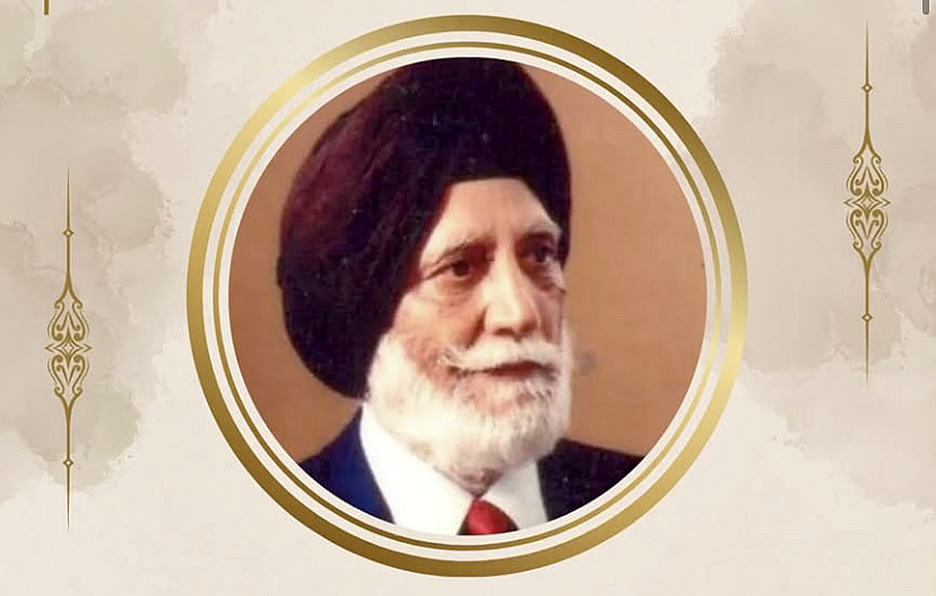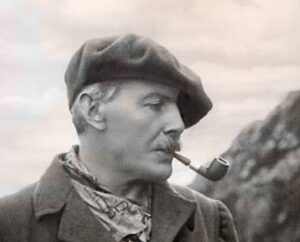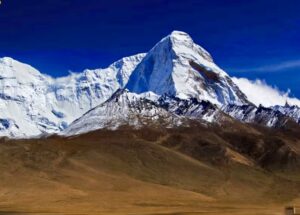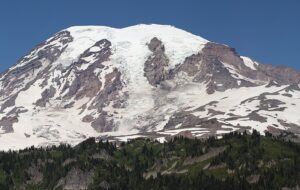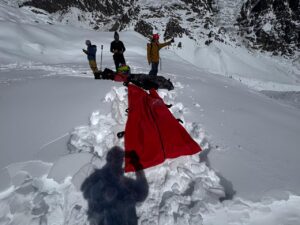Captain Manmohan Singh Kohli, a pioneering Indian mountaineer, passed away on June 23 at the age of 93.
Celebrated for leading India’s first successful Everest expedition in 1965, Captain M.S. Kohli’s career also included an Antarctic expedition and many other Himalayan ventures. His work as a mountaineer, author, editor, Himalayan Club president, and Indian Mountaineering Foundation president shaped Indian mountaineering.
Born December 11, 1930, in Haripur (now Pakistan), Kohli joined the Indian Navy in 1950, rising to the rank of Commander. He trained in the UK and developed leadership skills. By 1956, he began Himalayan mountaineering.
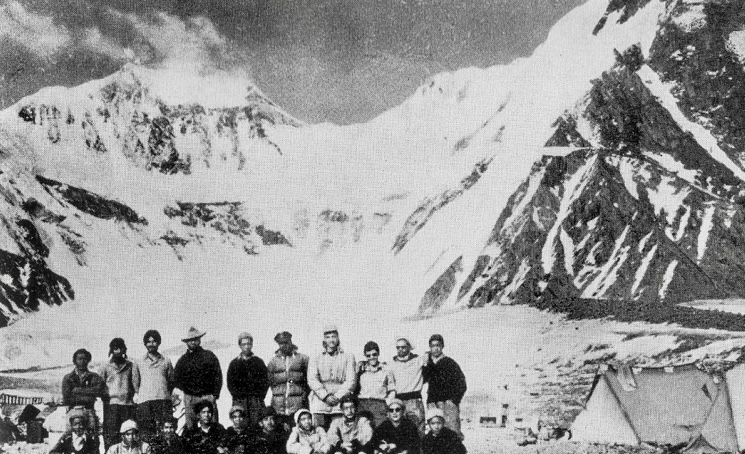
The 1956 Saser Kangri team at Camp 1 on the South Phukpoche Glacier. Photo: The Himalayan Journal
Kohli took part in over 20 adventures in the Greater Ranges. In 1956, he climbed 7,672m Saser Kangri in the Karakoram. In 1959, with K.P. Sharma, he topped out on 6,861m Nanda Kot in the Kumaon Himalaya. It was just the second ascent of the mountain.
Between 1961 and 1964, Kohli led three successful expeditions — the first ascent of Annapurna III, a climb of 7,816m Nanda Devi, and an expedition to 7,198m Nepal Peak.
In the 1960s, Kohli led and summited Kabru Dome and Rathong, strengthening India’s eastern Himalayan presence. In 1965, Kohli led a covert Indian-American mission to place a nuclear-powered device to monitor Chinese tests but did not summit due to harsh conditions.
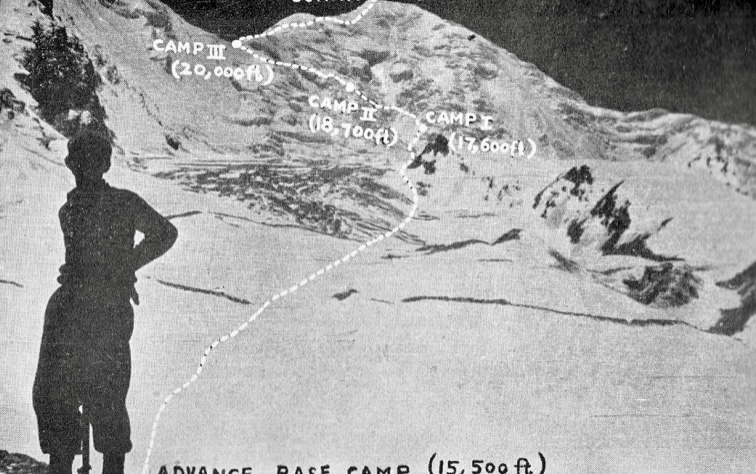
Looking toward the summit of Nanda Kot from Advanced Base Camp. Photo: M.S. Kholi for the Himalayan Journal
Everest expedition leader
In 1965, Kohli led the first successful Indian expedition to Everest. Nine climbers on his team summited between May 20–29. It set a record for the most summiters on one expedition, which remained unbroken for 17 years.
His leadership on that expedition was extraordinary. Indira Gandhi, who later became the Prime Minister of India, said of Kohli at the time: “Commander Kohli’s expedition…was a masterpiece of planning, organization, teamwork, individual effort, and leadership.”
Later, Kohli climbed several European peaks with Tenzing Norgay. In 1982–1983, he led India’s first civilian Antarctic expedition, supporting scientific exploration.
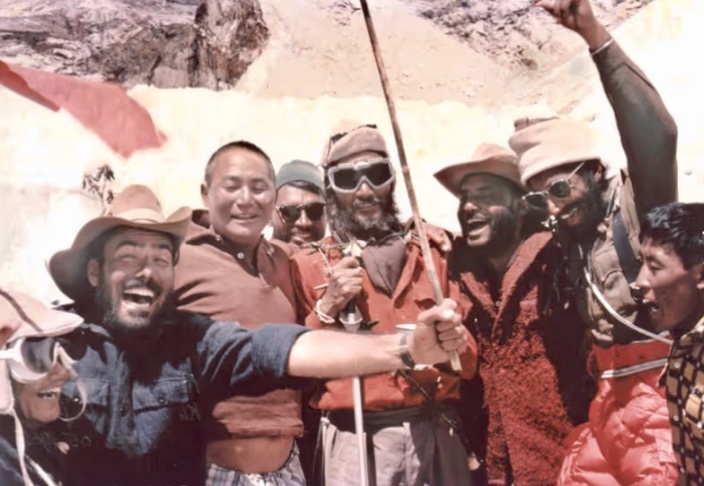
Captain M.S. Kohli, center, during the 1965 Everest expedition. Photo: yourstory.com
He was also a committed alpinist beyond expeditions. As president and vice president of the Himalayan Club (1980–1983), Kohli edited the Himalayan Journal. As president of the Indian Mountaineering Foundation (1989–1993), he promoted adventure and youth engagement. In 1989, he co-founded the Himalayan Environment Trust with Sir Edmund Hillary. It was supported by Maurice Herzog, Reinhold Messner, Junko Tabei, and Chris Bonington.
Kohli was much loved and respected in international mountaineering circles. He promoted mountaineering and trekking through many presentations around the world.
Kohli authored Nine Atop Everest, Spies in the Himalayas (with Kenneth Conboy), The Great Himalayan Climb, and A Life Full of Adventures, among several other publications.
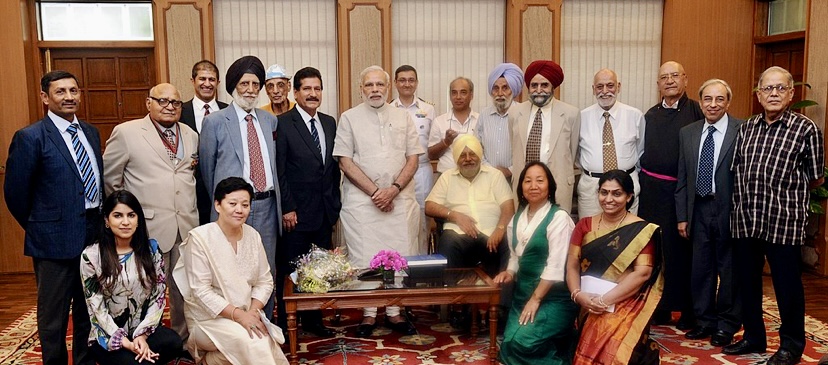
The Prime Minister of India, Shri Narendra Modi, meets the members of the 1965 Everest expedition in New Delhi in May 2015, on the 50th anniversary of their climb. Photo: Indian Prime Minister’s Office
Kohli received the Padma Bhushan (1965), Arjuna Award (1965), Ati Vishisht Seva Medal (AVSM), and Tenzing Norgay Lifetime Achievement Award. He lectured at the Alpine Club (UK) and the American Alpine Club.
Captain Kohli’s passing marks the end of an era, but his expeditions, leadership, writings, and conservation efforts will continue to inspire.
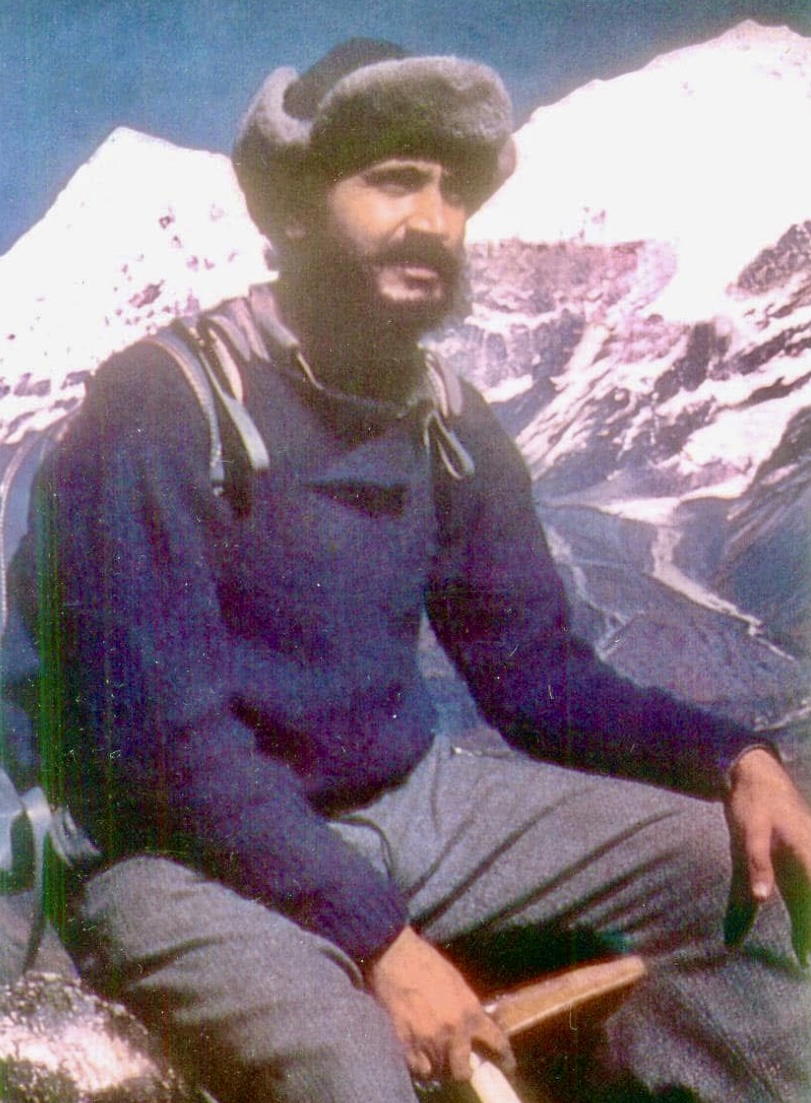
Captain M.S. Kohli. Photo: M.S. Kohli Collection/Facebook
